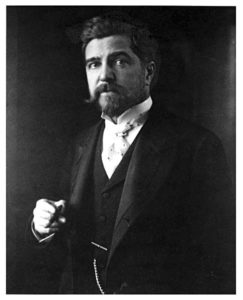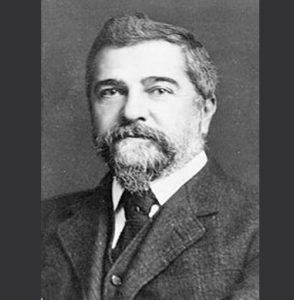
1848 - 1933
Louis Tiffany
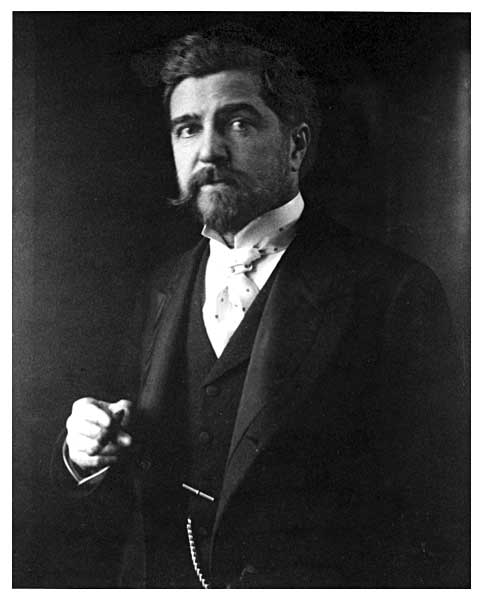
description
An American artist and designer, the most famous representative of Art Nouveau in the United States.
He was the eldest son of Harriet and Charles Lewis Tiffany, a famous jeweler, the founder of his own company. He grew up surrounded by beautiful exquisite things and luxury, but was not interested in the family business. Attended school at the Military Academy of Pennsylvania.
Louis Comfort Tiffany was famous for the invention of a special stained glass technique, which consists of various pieces of colored glass joined together by means of copper foil. This method, as well as new types of glass created by him, revolutionized the decorative art of the late nineteenth century. The technique of Tiffany has become the most common for the creation of stained glass, lampshades and other works of decorative and applied art from colored glass all over the world. The style of modern, in which the designer worked, in the US and other countries of America, is called “Tiffany”, after the name of its discoverer.
The works of Louis Tiffany to this day are very popular and of great value for collectors of works of Art Nouveau.
Key ideas:
– Tiffany started his artistic career as a painter, and after becoming known in this sphere began to work in the genre of decorative art. His watercolor and oil paintings are colorful landscapes and genre scenes. The artist mostly preferred to depict the eastern architectural ensembles and pictures of the daily life of the Arabs, which he observed during his travels to Algeria and Morocco.
– Inspired by the stained glass windows of European churches and the ideas of the “Arts and Crafts Movement” in England, the artist decided to work in the genre of decorative art, and achieved the highest success in doing that. Tiffany acquired the world’s fame and admiration of the public thanks to his famous lampshades, each of which is a real work of art in the Art Nouveau style. Elegant and intricate floral patterns, made of pieces of colored glass and connected by light and thin partitions, looked like if they shone from the inside, thanks to the transparency and the purest color of the special glass. Contemporaries even called the plafonds from Tiffany “living hanging bouquets.”
– Having achieved perfection in the design of lamps, bijouterie and other objects of use as well as recognition from the general public, Louis Tiffany began to engage in larger monumental projects. He creates unique and surprisingly beautiful stained glass windows that adorn the temples, public buildings and private mansions of New York, Boston and other American cities.
– The artist’s technique and the materials used by him, thanks to which a stunning color effect was created, are truly unique. His desire to prove that in no canvas and with no paint it is possible to achieve such brightness of color and light, as with stained glass technique, it can be said, was realized.
1848
1865 - 1869
1870
1881 - 1882
1892
1893 - 1894
1899 - 1900
1902 - 1905
1910 - 1920
1933
The birth of the artist
Traveled to Europe
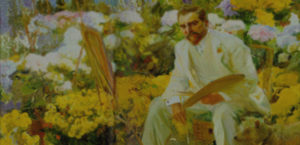
The artist became one of the founders of the "Society of American Artists"
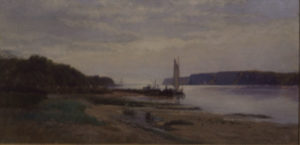
Made the interior design for Mark Twain's mansion
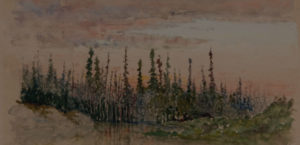
S. Coleman, a teacher of Tiffany, became a business partner of his student
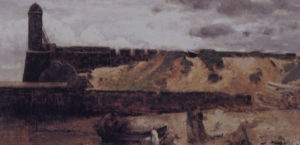
Designed glass chapel for the World Chicago exhibition
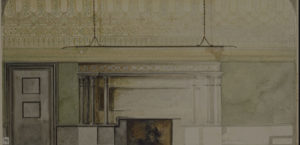
Presented his unique translucent enamels in London
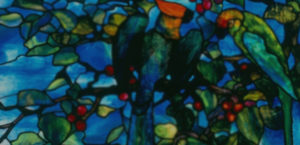
He inherited his father's jewelry company
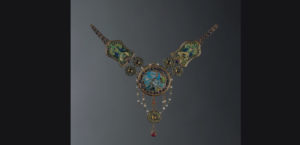
A huge stained glass window was completed for the Palacio de Bellas Artes in Mexico City
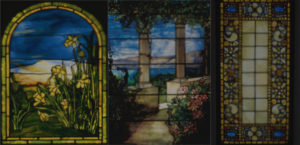
The death of the artist
